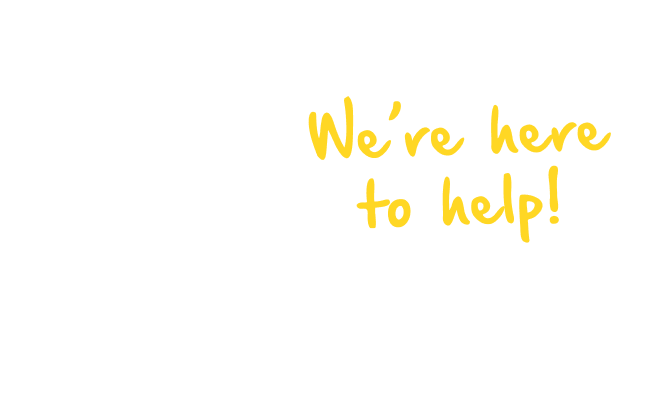Training, Development and Coaching
with personality!
High impact core skills training and coaching for contact centre advisors and leaders. We boost your team’s skills, confidence and customer outcomes where it’s needed most.
Take things to the next level
What it’s like to
work with Boost
We ‘speak’ contact centre
Generic training? No thanks. We understand that contact centres have unique challenges and our content reflects that with relevant, relatable scenarios, tailored to your organisation.
You get added value
We work with contact centres day in, day out so know what’s new in the industry. We pass our learnings on to you, sharing quick wins, connections and insights.
You enjoy effective learning
Our in person training is developed using adult learning theories that support people to understand and adopt what they learn quickly and effectively.
We’re on your side
We are as invested in your team’s development and success as you are. No slopey shoulders here!
We build a trusted relationship
Boost is built on the fact that we’re credible, reliable and you can trust us to deliver. Every customer we’ve worked with has invited us to work with them again.
You have clarity
We want you to see us as your safe haven amid the chaos. We’ll be clear on the steps you need to take to achieve your goals, and how we can help you get there.
Conversations with Customers
Enable your contact centre advisors to deliver outstanding customer service. Think skills like empathy, rapport building, objection handling, questioning and listening. We work with your organisation to uncover the skills that will make the most difference to customer outcomes, with specific scenarios adapted to your business. Typically includes multiple sessions with group and individual activities to keep learning alive between sessions.
Skills Boost Programme
Our flagship leadership development programme. Bring your contact centre and operations leaders and managers together to learn – it is the new raft building! Over 6-9 months, your people support each other as they boost their leadership skills and learn about themselves and each other as they go. Your organisation chooses the skills boost modules most relevant to you, and we deliver them on site, in person, with activities between sessions to keep the learning alive. Suitable for new and experienced leaders.
Developing Professionals Programme
A one to one coaching programme that gives people time and space to reflect on their performance, consider their goals and take action on doing things differently and better. This repeatable programme includes six sessions, typically comprising four coaching sessions, one skills session and a profiling session. Also ideal for senior leaders whose team is on the Skills Boost programme.
Training Skills
Support your trainers to design and deliver engaging, effective training programmes. Starting with the psychology of learning, this three day programme teaches trainers how to excel at every stage of the training cycle (learning needs analysis, design, delivery and evaluation). We deliver this in house to role model great training practice, and tailor the content to your organisation’s specific challenges. We supply resources for activities to complete outside of the classroom, so they can be used time and time again by your team.
Training and Coaching in Contact Centres Peer Group
Our way of getting like-minded professionals who work in training and coaching in contact centres together! Share ideas, get inspired and keep up to date with what organisations are doing. Past topics include induction, speed to competence, learner journeys, neurodiversity in learning, effective coaching structures, feedback models and more. Free to attend by invitation only, you are welcome to contact us if you are interested in attending.
Bespoke Interventions
Do you know that something needs to change but aren’t sure what? Book a call to discuss the challenges your contact centre is facing with one of our experienced team. We’ll listen to your needs, and recommend next steps. If required, we can then design a bespoke intervention that works for your specific organisation.
What our clients
have to say
Meet Team Boost

Nicola Callan
Founder
A qualified coach and mentor with a background in consultancy, Nicola is adept in being able to get to the root of the challenges you face and provide pragmatic, bespoke and effective solutions that work.

Claire McMahon
Learning Facilitator
A skilled Coach, truly invested in helping Leaders see their full potential, through meaningful and focused conversations. With many years of operational experience, she can identify with the challenges teams and individuals face, working with them to build success.

Emily Simmons
Learning Facilitator
With a contact centre history of training, mentoring and coaching, Emily enjoys networking within that crowd, learning from others and sharing best practice. She is always eager to work collaboratively and push past barriers.

Chat to our team
Drop us your details and a message about the support you’re looking for, and we’ll be in touch.
"*" indicates required fields
